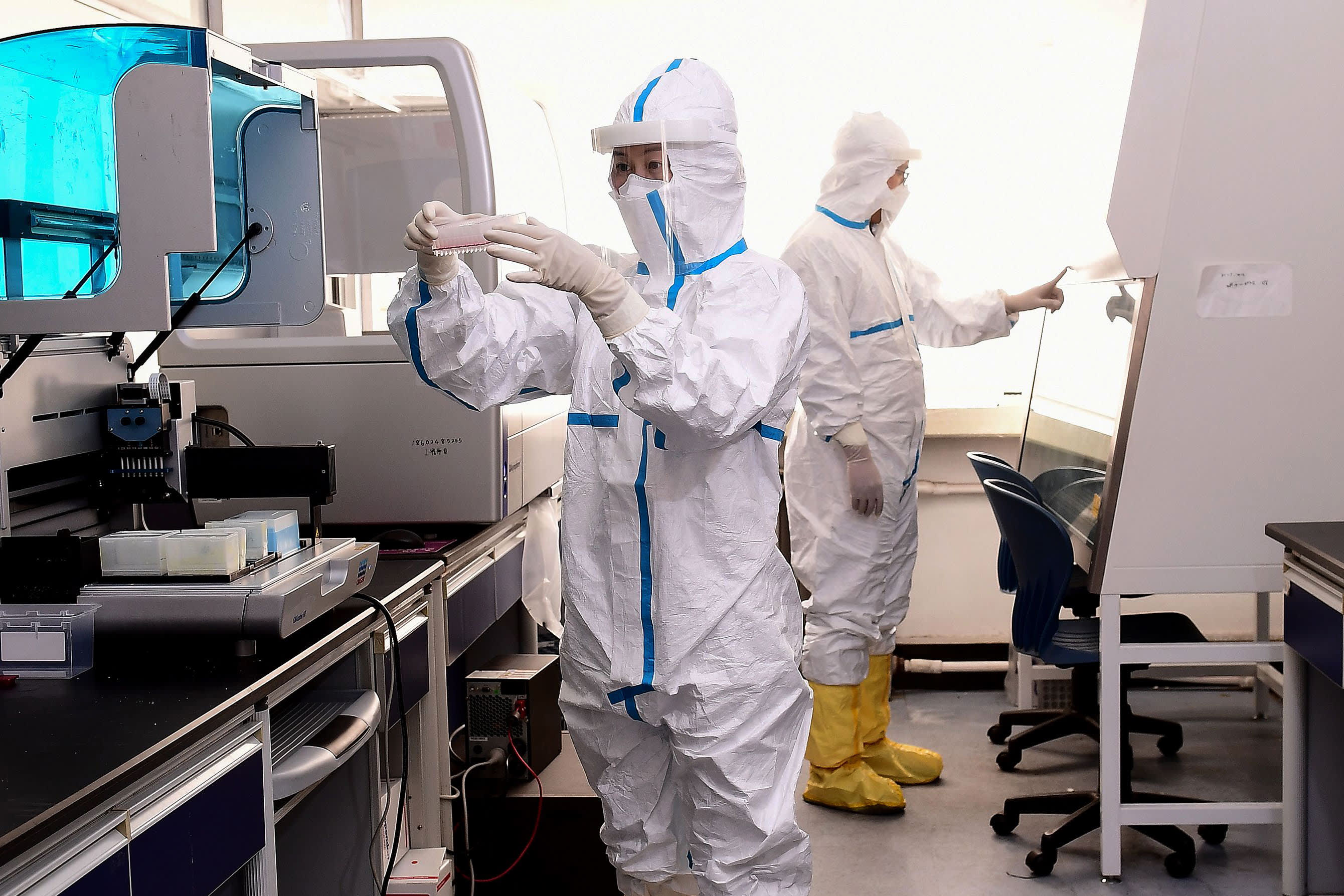
World health officials are scrambling to determine just how widespread the new coronavirus is as Chinese authorities reported a surge in new cases overnight after changing how it counts confirmed infections.
“How big is the iceberg?” Dr. Mike Ryan, executive director of the World Health Organization’s emergencies program, said at a news conference at the agency’s headquarters in Geneva. “We do know, and we all accept, that there is transmission occurring at some level in communities. We’ve all seen those clusters, we’ve all seen those super spreading events.”
“The question is how much is happening outside what we see?” he said.
The iceberg “might not be that great,” Ryan added. Public health officials around the world have been actively testing suspected cases of the virus, and at the moment they are not discovering a huge amount of new cases, Ryan said.
“I sometimes find it difficult to understand why the assumption to the awful is the one that’s accepted and while the assumption of what might be a higher proportional detection of cases is almost seen as invalid,” he said.
The flu-like virus, now named COVID-19, has killed at least 1,369 people and sickened more than 60,000 worldwide. Earlier in the day, Chinese health authorities confirmed 15,152 new cases and 254 additional deaths.
Health authorities in Hubei province, the epicenter of the outbreak, said that they changed the way they tabulate case totals — “clinically diagnosed” cases now count toward the “confirmed case” count, resulting in the sudden surge among the latter. The change was made so a broader set of patients can receive the same treatment a confirmed case does, according to a CNBC translation of the official announcement’s Chinese text.
Ryan said the new confirmed cases Thursday shouldn’t be characterized as a huge “spike.” The increase is largely due to China’s change in classifying new cases, he said.
World health officials have said the respiratory disease is capable of spreading through human-to-human contact, droplets carried through sneezing and coughing and germs left on inanimate objects. The coronavirus produces mild cold symptoms in about 80% of patients, they said. About 15% of the people who contract the virus have ended up with pneumonia, with 3% to 5% of all patients needing intensive care.
Ryan said Thursday that officials are working on identifying the virus’s natural host. Earlier in the week, WHO officials said the virus that emerged from a seafood market in Wuhan likely originated in bats and then jumped to an “intermediate host” before infecting humans.
“Understanding where the source is has become very important,” Ryan said Thursday.
There are currently no proven therapies for the outbreak and scientists are working quickly to produce vaccine candidates ready for human clinical trials, Ryan said. Scientists are trying antivirals that were used during the SARS and MERS outbreaks as well as anti-HIV drugs, Ryan said. They could have new information on possible therapies in “weeks,” he said.
The possible vaccines “are going to require huge investments,” he said.


